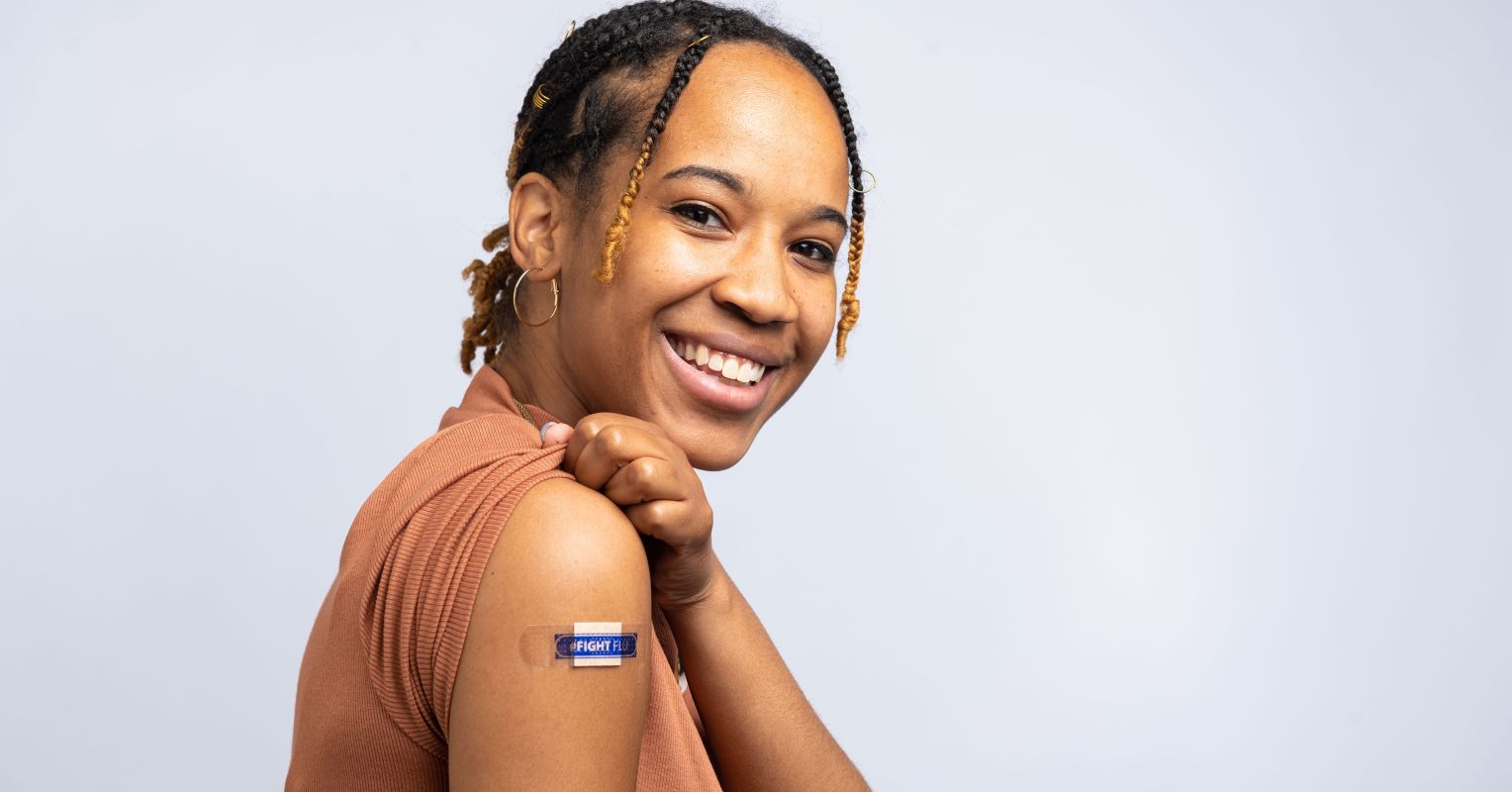
"The recent departure of high-level Centers for Disease Control and Prevention (CDC) officials has brought vaccine policy back into national headlines. Combined with the resurgence this year of measles and whooping cough -contagious, dangerous, and vaccine-preventable-prompted me to return to a report released five years ago about how to promote vaccines and counter misinformation. In December 2020, the Center for Countering Digital Hate (CCHD), a British-American nonprofit, released a comprehensive"
"In its report, CCHD distilled the anti-vaccine strategy down to three pillars. While the report focused on COVID-19, it's clear that the strategy applies to almost all infectious diseases for which there are vaccines. The strategy is to convince people: COVID-19, measles, whooping cough, and other infections are not dangerous. Vaccines are dangerous. Vaccine advocates cannot be trusted. To convince people that infections are not dangerous, anti-vaccine advocates make arguments that align with the increasingly powerful " germ denier" movement."
Recent departures of senior CDC officials and resurgent measles and whooping cough increase urgency to counter vaccine misinformation. Anti-vaccine strategy rests on three pillars: asserting infections are not dangerous, asserting vaccines are dangerous, and portraying vaccine advocates as untrustworthy. Germ-denier narratives claim microorganisms only cause illness when individuals are unhealthy, minimizing perceived risk. Social media arguments amplify anti-vaccine reach and boost engagement, helping spread misinformation. Offline conversations and personal stories are more effective in building vaccine trust than online debates. Health practitioners and patients should prioritize personal outreach and trusted, factual communication to promote vaccines and reduce preventable outbreaks.
Read at Psychology Today
Unable to calculate read time
Collection
[
|
...
]